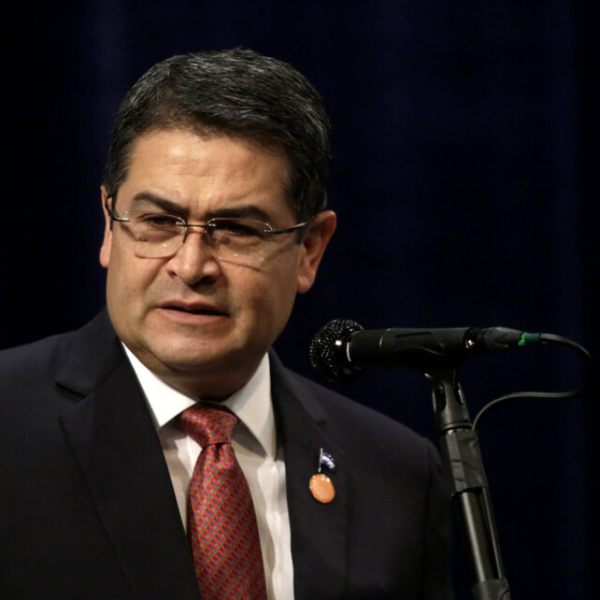
By Alana Semuels, Los Angeles Times
KANSAS CITY, Kan. — At Noble Prentis Elementary School, a classroom is crammed with 31 students and all their backpacks and books. Last year, the fifth-grade class had just 17 students, but a teaching position was cut when the school ran short of money.
The school nurse, who comes in only twice a week, freezes kitchen sponges to use as ice packs because her budget is too small for her to buy any.
Schools have always had to fight for more funding, but Noble Prentis’ problems were exacerbated during the recession when state budget cuts left schools, like many other public services, foundering. Now, the state’s general fund revenues are up $150 million since 2008, but Kansas officials are in no hurry to restore spending cuts the economic downturn made necessary.
It’s not just Kansas. Conservative legislators committed to the idea that smaller government works best are passing tax cuts that they say help stimulate the economy. They are moving to make recession-era budget cuts permanent.
Even some Democratic governors, stung by the painful cutbacks of the economic downturn, are hoping to rebuild reserves: Governor Jerry Brown has proposed that California’s surplus go to a rainy day fund, while his fellow Democrats are calling for the state to restore services.
In Ohio, the legislature eliminated mandatory full-day kindergarten in 2011 and cut state money for local government funds, which help pay for police and fire services, by $1 billion — a decrease of 50 percent. Wisconsin slashed the amount of money available to local governments. Oklahoma’s governor this year has proposed trimming state agency budgets by 5 percent, while also suggesting a tax cut.
“Some states are choosing to make reduced services the new normal,” said Michael Leachman, director of state fiscal research at the Center on Budget and Policy Priorities.
Funding per student in Kansas schools is 16.5 percent lower than it was during the recession, according to Leachman’s organization. State support for libraries, health services and community corrections is also down, all by more than 10 percent. Kansas state and local governments employ 5,700 fewer people than they did in 2008.
Sara Belfry, a spokeswoman for Kansas Republican Governor Sam Brownback, said in an email that the governor came into office when the state had $876.05 in the bank and a projected deficit of $500 million. Brownback “made it a priority to streamline and make government more efficient while protecting core services like public safety and education,” she said.
Under Brownback, Kansas has put money back in taxpayers’ pockets. His administration points out that, among other things, the state ranks fourth in the nation in the percentage of its budget committed to education. (Kansas ranked 33rd in the nation in per-student spending in 2012, according to the National Education Association.)
“A decade of higher taxes, more spending and bigger government failed to deliver prosperity,” Brownback said in his state of the state address this year. But now, he said, “Simply put … the government is back in its proper place –ed serving the people.”
But smaller state government has failed Kansans in some corners of the state.
Saline County in central Kansas lost more than $1 million in state funding and lacks enough money to maintain the roads, so it closed 20 bridges, forcing residents to drive farther to get to their destinations.
In wealthy Johnson County, the director of the health department says staff cuts mean the department can’t respond as quickly to disease outbreaks.
And in Shawnee County, where the coroner’s budget was cut by more than half in 2011, there is only one forensic pathologist left. If the coroner, Donald Pojman, goes to a meeting or is out sick or on vacation, bodies are held for days before an autopsy can be performed.
“I’m really behind in getting these autopsy reports out in a timely manner — and I used to be very efficient with these,” Pojman said. “But we went from a daytime staff of 15 down to four, and now I have to do the autopsies and the paperwork and coordinate with law enforcement and the courts.”
The governor’s office says that Brownback has streamlined government and encouraged business creation: About 13 percent more businesses were created in 2013 than in 2011.
Not surprisingly, whether states revert to pre-recession spending levels depends primarily on the party in power. Gordon Lafer, an associate professor at the University of Oregon’s Labor Education and Research Center, points to several states that elected Republican governors in 2010 — Pennsylvania, Ohio, Michigan and Wisconsin — as examples of the philosophy of lower spending.
“For a lot of these actors, the budget cuts and the fiscal crisis is greeted more as an opportunity than a tragedy,” said Lafer, who studied the issue for the left-leaning Economic Policy Institute.
Returning money to taxpayers is also a popular prescription in an election year. Republican governors in Ohio, Wisconsin, Pennsylvania, Michigan and Florida all face potentially tough re-election battles in November, and many are finding tax cuts politically advantageous. In January, Florida Gov. Rick Scott unveiled what he calls the “It’s Your Money Tax Cut Budget.”
Leachman, of the Center on Budget and Policy Priorities, says that state legislatures are also more polarized than they’ve ever been, making it easier for states to follow one political party’s agenda. In 23 states, Republicans control the governor’s office and both chambers of the legislature; Democrats hold that advantage in 14 states.
“States are more able to pursue a policy prescription that isn’t the result of a compromise between both parties,” he said.
Photo: Austinbarrow via Flickr








